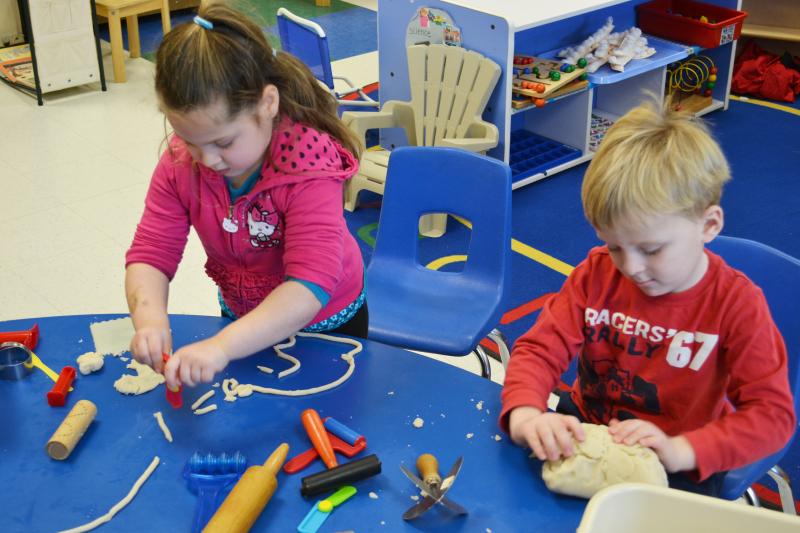Questions raised over towns 'footing the bill' for Project Grow
Since Marion, Mattapoisett, and Rochester opened pre-schools through the state’s Project Grow program, they have shared a grant, staff, and even students.
But at Thursday’s Joint School Committee Meeting, members discussed whether towns should be reimbursed for taking in a student from another town.
Each Project Grow class has 15 slots per day, seven of those must be kept open for students who have individualized education programs or IEPs. These children have some disability, ranging from learning to physical.
When one school in the three towns has filled its IEP slots, it has been the practice that a new student would be sent to one of the other two towns.
“I don’t think our town should be paying for another kid. There’s no reimbursement mechanism in place,” said Marion representative Jay Pateakos.
Pateakos and fellow Marion School Committee member Christine Winters said residents have questioned why the town has to “foot the bill” for a pre-school student sent from Mattapoisett or Rochester.
“We’ve never decided what it costs for those students,” said Direct of Student Services Terri Hamm. “We do have a tuition for non-IEP students, based on the going rate. It doesn’t really cover the cost, but offsets the cost.”
Were a town’s IEP slots full and another child with an IEP moved into town, it would have to find a spot according to the Individuals with Disabilities Education Act. As children are eligible for the program when they turn three, slots may be needed anytime during the school year.
“If a child moves in, then we could have to pay to send a kid to another school,” said Winters. If all the IEP slots were filled in all three classes, a town might have to pay to send a student out of district while not receiving any reimbursement for taking in a child from the other two towns.
“It could happen, but it hasn’t,” said Hamm. “We’ve never decided what it costs for those students. I just think it’s going to be tricky to do that, and it would certainly take more than me.”
Hamm said many services are shared between the three towns and they receive one state grant to subsidize the programs.
“For the typical exchange of students, it’s not like they’re costing more money or that we’re bringing in more services. At the end of that school year, in most cases, if there were an opening they would go back to their town,” said Hamm.
Opinion about whether towns should be reimbursed was divided.
“I think it would be a lot to ask you to put a price on IEP students and non-IEP students. I think it all comes out in the wash,” said committee member Jim Higgins. “I’m in favor of keeping it as it is.”
Committee Chair Sharon Hartley said the next step would be to research how schools similar to the setup of the three towns, which function as separate school districts, operate Project Grow.
The committee voted to keep the program as is while researching options.















